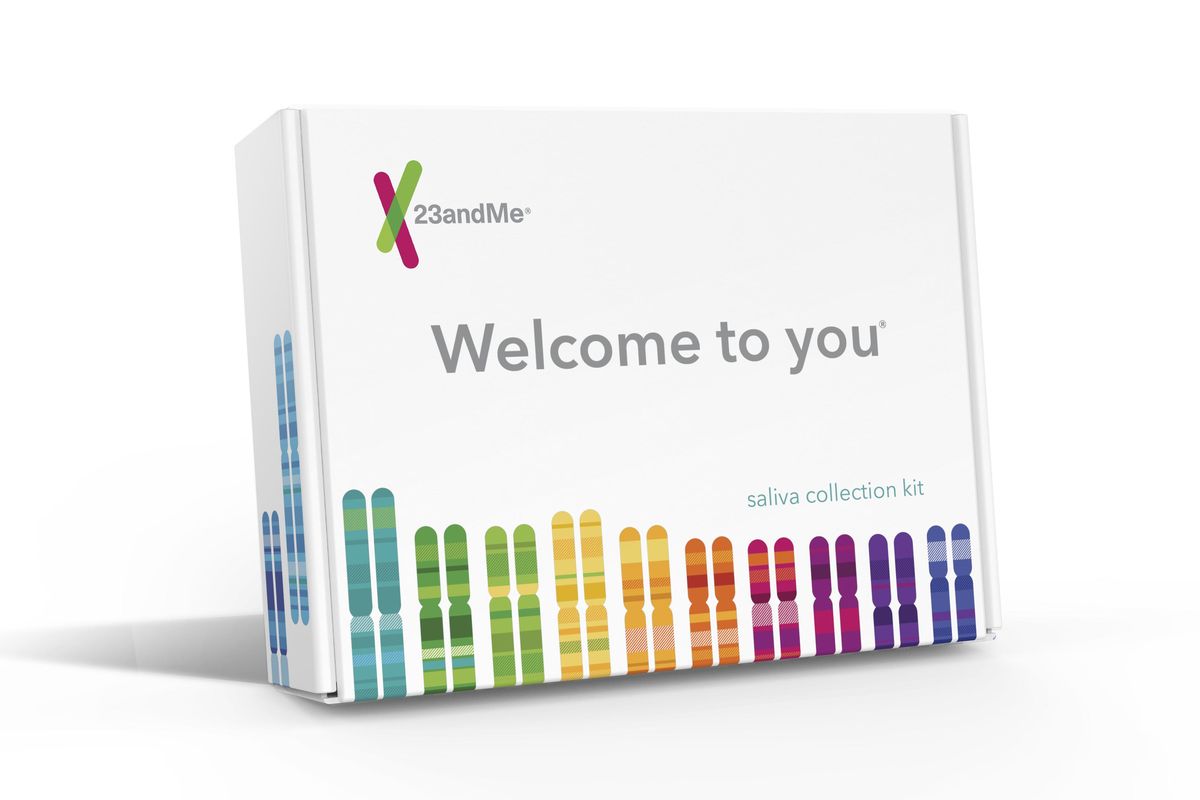Surprise DNA results are turning customer-service reps into therapists

It was a one-line chat reply from an AncestryDNA customer-service rep that ripped Catherine St. Clair’s life apart.
St. Clair, 57, is her family’s resident genealogist and had sent her saliva to Ancestry for testing. So when her brother Mike showed up as a “first cousin or close relative,” she assumed it must be a glitch. Even stranger: The test showed that someone she had never heard of was a much closer genetic match than Mike.
She contacted Ancestry customer service through the website’s chat feature. Calmly, a representative named Pam explained centimorgans, a unit for measuring genetic linkage. Siblings, Pam said, normally share about 2,600 centimorgans of DNA, while half-siblings share 1,800.
“She said, ‘Go click on the little icon by his name. It will tell you how much you share with him,’ ” recalled St. Clair. “And when I clicked on it, that’s when the floor fell out from under me.”
Mike wasn’t her full brother. They didn’t share the same father.
In the business of consumer DNA testing, customer service is sometimes a lot more like emotional support. Though genetic tests are frequently marketed as family-friendly entertainment, they sometimes wind up surfacing life-altering surprises. And when those surprises show up in someone’s test results, the first move is often a call to customer service.
“We don’t really play the role of therapist, but rather listen and try to be sympathetic and empathetic, getting them to process things,” said Kent Hillyer, head of customer care for the genetic-testing firm 23andMe.
At 23andMe, those types of calls are so frequent that preparing for them is integrated into the company’s months-long training program. The most common issue, said Hillyer, is when a customer’s presumed father doesn’t show up on a test as the genetic dad. But sometimes mothers or siblings are a surprise, too.
“How most of those conversations start is people come to us to verify the accuracy,” said Hillyer. “Somebody has known something their whole life and then this company is telling them something different. It’s tough. And then it’s like, ‘Hey, I’m heading to a Thanksgiving dinner. Can you help me out with this before I go have this conversation with my mother?’ ”
In training, new employees do mock phone calls and role playing to prepare for such conversations
“We practice empathy and sympathy,” said Hillyer. “A lot of it is just listening.
“We always try to steer the conversation toward the data, tell them that this is science,” he added.
At Ancestry, Kathy Luke, vice president of member services, said a special team of representatives handles sensitive queries.
“There are certainly cases where a discovery might be quite unexpected,” she said. “We take our responsibility toward our customers – and the potential impact of complex discoveries – very seriously.”
Such emotional calls can take a toll on employees, too. That’s perhaps inevitable when technology interfaces with such sensitive, personal information. Earlier this year, a former content moderator at Facebook went so far as to file a class-action lawsuit claiming the social-media giant didn’t go far enough in protecting them from the mental trauma caused by screening imagery of things like rape, torture and suicide.
At 23andMe, Hillyer often encourages representatives to go for a walk after an intense call or crack open a bottle of wine to help them decompress.
“We kind of do these internal therapy sessions,” he said. “Here, maybe more so than most places, you have to be really supportive of each other.”
Lindsay Grove, a customer-care representative at 23andMe, still remembers one call in particular years later, a dad who took the test only to find out that his child was not, in fact, his child. At first, like most, he was just trying to figure out whether the results were accurate. So Grove explained the science behind the data. The customer then became somber and quiet. He questioned whether he should talk to his wife, and, if he did, how.
“You could hear the emotion in him, and hear his processing and wondering what he would do next,” she said. “That process of figuring out what to do next is very difficult for customers.”
The next step for St. Clair, who got the big surprise from Ancestry, was reaching out to the relative who showed up more closely related to her than her brother. She sent a message through the company’s website.
“I shared 2,172 centimorgans with her,” said St. Clair. That was just a little more than she had shared with her brother. Pam, the customer-service representative, told her that meant the mystery relative was either a half-sibling, an aunt, an uncle, a niece or a nephew.
St. Clair and the mystery relative talked on the phone. It turned out they were, in fact, half-siblings. Her mother had worked for her newfound-sister’s dad in 1960, around the same time that St. Clair was conceived. Both of her parents died years ago, so it was too late for St. Clair to confront them about the discovery.
St. Clair went on to start a Facebook group for people like her called DNA NPE Friends. NPE is short for “not parent expected.” It now has more than 4,000 members and is one of several such groups. Recently, St. Clair began the process to register it as a nonprofit, advocating for emotional support for the thousands of people who take DNA tests and find out their family isn’t exactly the family they expected.
“It’s so deep, the way this affects our role in the family and our relationship to our parents,” she said. “It is traumatic.”